
Bears, members of the Ursidae family, are magnificent creatures that captivate people across the globe with their diverse characteristics and habitats. From the icy Arctic to the lush forests of Asia and the mountains of North America, here are twelve types of bears from around the world, each unique in its own right.
- Tibetan Blue Bear
- American Black Bear
- Polar Bear
- Marsican Brown Bear
- Malayan Sun Bear
- Giant Panda
- Asian Black Bear
- Kodiak Brown Bear
- Grizzly Bear
- Spectacled Bear
- Kermode Bear
- Sloth Bear
1. Tibetan Blue Bear (Ursus arctos pruinosus)
The Tibetan Blue Bear, also known as the Himalayan Blue Bear, is a rare subspecies of the Brown Bear found in the eastern Himalayas. Its name comes from the bluish sheen of its fur. This elusive bear is adapted to the high-altitude alpine regions.
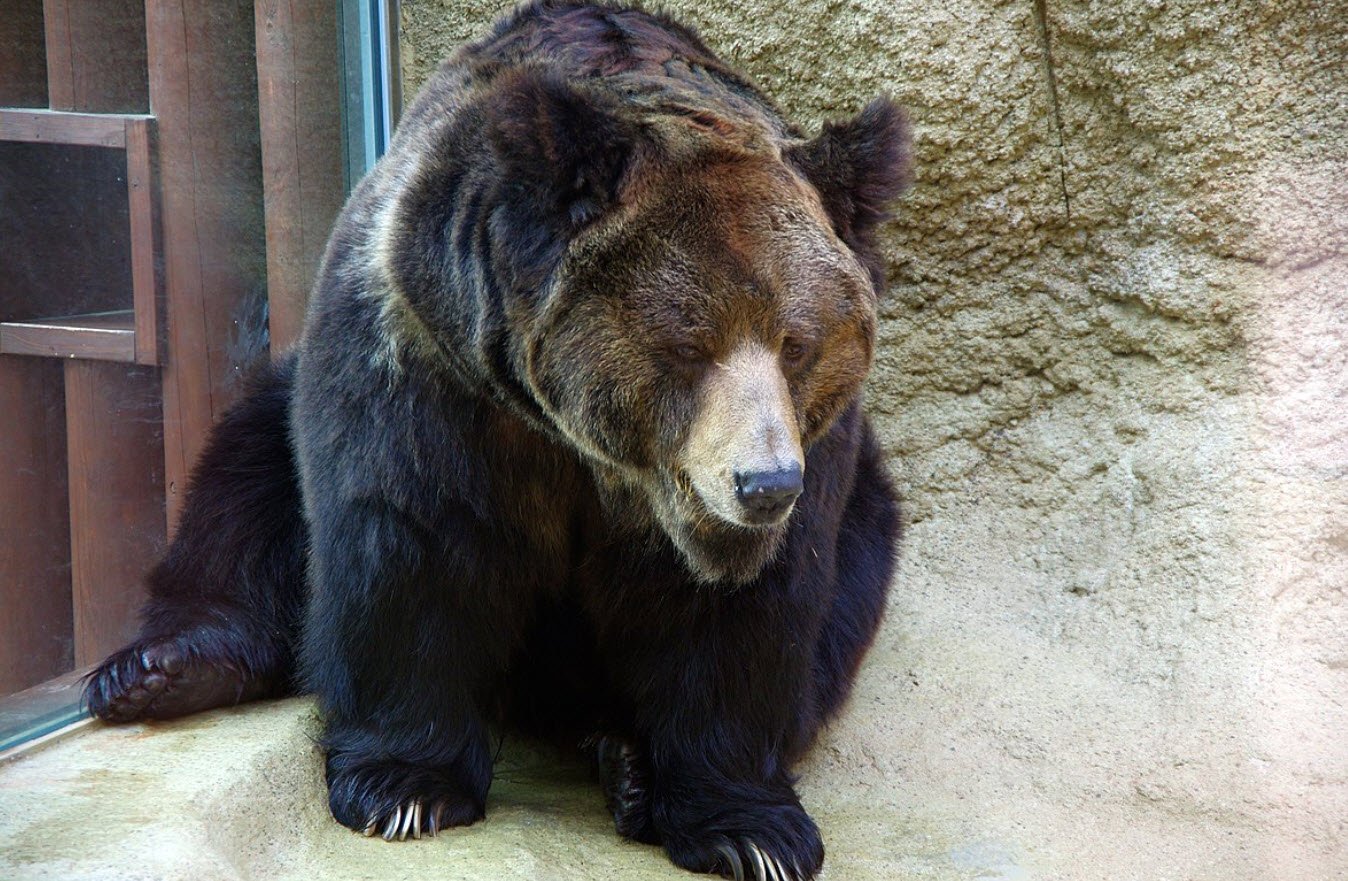
2. American Black Bear (Ursus americanus)
The American Black Bear is the most common and widespread bear species in North America. Despite its name, it can have a range of coat colors, including black, brown, cinnamon, and even white. They are highly adaptable and can be found in a variety of habitats.

3. Polar Bear (Ursus maritimus)
The Polar Bear, an iconic species of the Arctic, is superbly adapted to a life on the sea ice. It is the world’s largest land predator and relies heavily on sea ice for hunting seals, their primary food source. Climate change and melting ice pose a significant threat to their survival.

4. Marsican Brown Bear (Ursus arctos marsicanus)
The Marsican Brown Bear, also known as the Apennine Brown Bear, is an endangered subspecies of the Brown Bear found in the Apennine Mountains of Italy. With only a few dozen individuals left, conservation efforts are crucial for their survival.
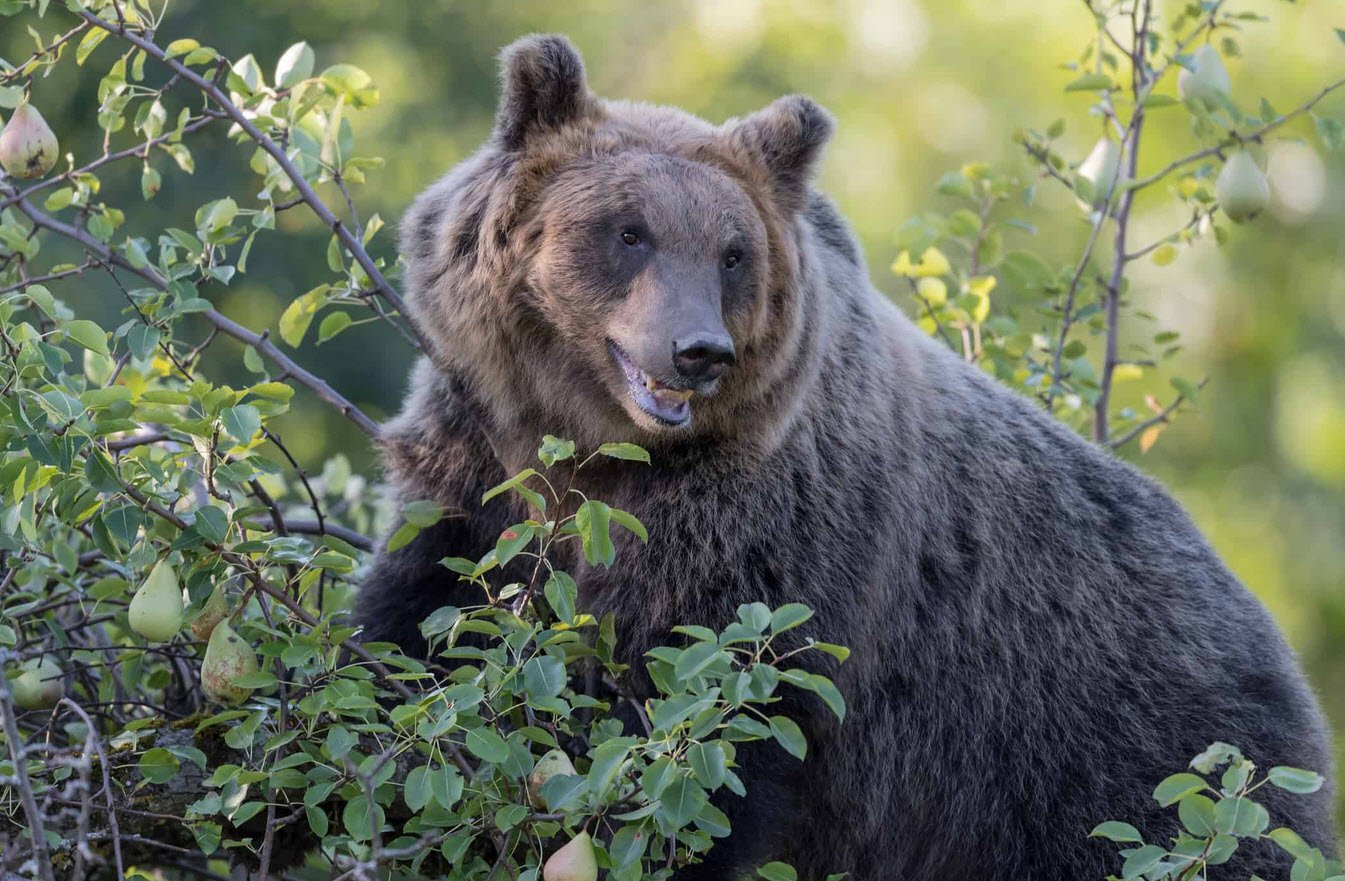
5. Malayan Sun Bear (Helarctos malayanus)
The Malayan Sun Bear, also known as the Honey Bear, is the world’s smallest bear species. Recognizable by its distinctive orange or yellow chest marking, it primarily inhabits the tropical rainforests of Southeast Asia.

6. Giant Panda (Ailuropoda melanoleuca)
The Giant Panda, native to China, is a global symbol of conservation. Known for its black and white coat and bamboo-based diet, this beloved bear is critically endangered due to habitat loss and human encroachment.
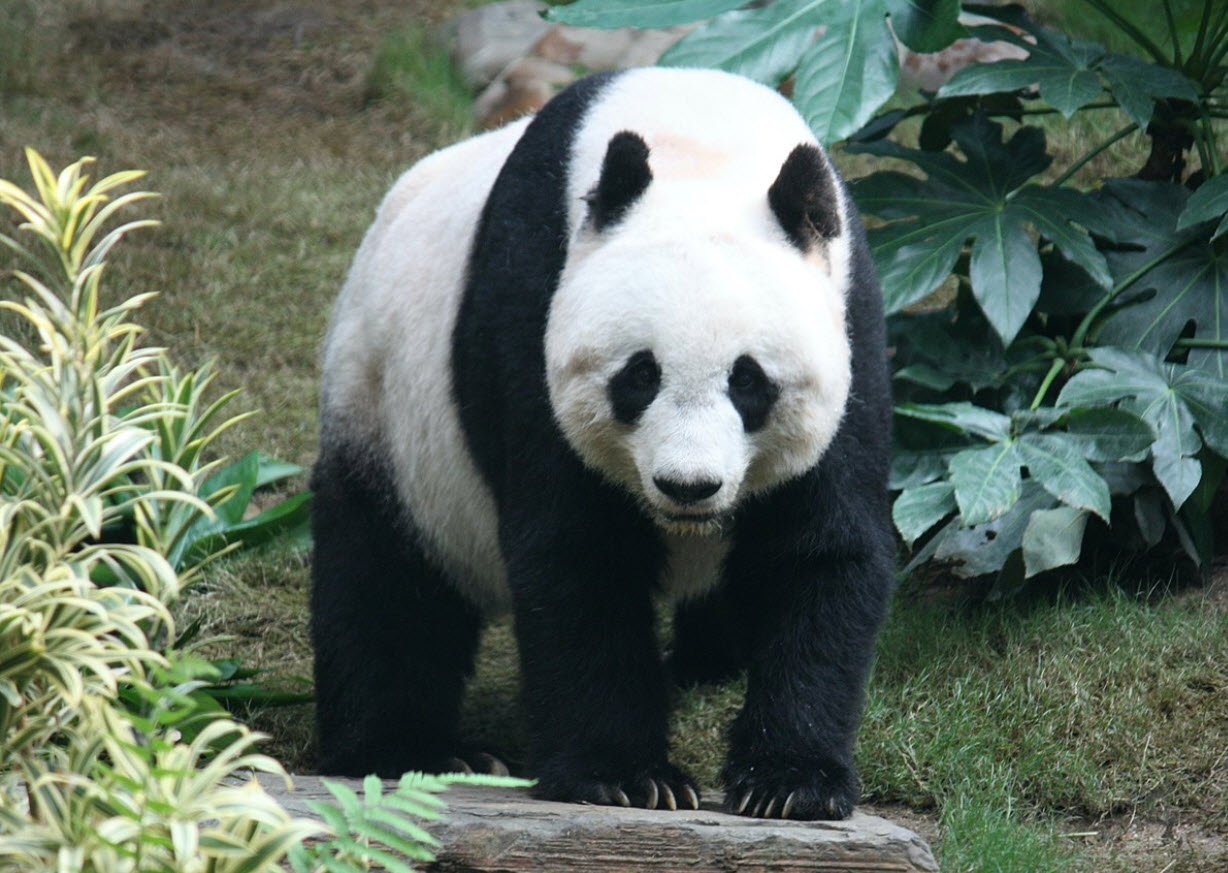
7. Asian Black Bear (Ursus thibetanus)
The Asian Black Bear, also called the Moon Bear, is found in the forests of Asia. Recognized by the white V-shaped chest patch, it is threatened by habitat loss and the illegal wildlife trade for its gallbladder and other body parts.
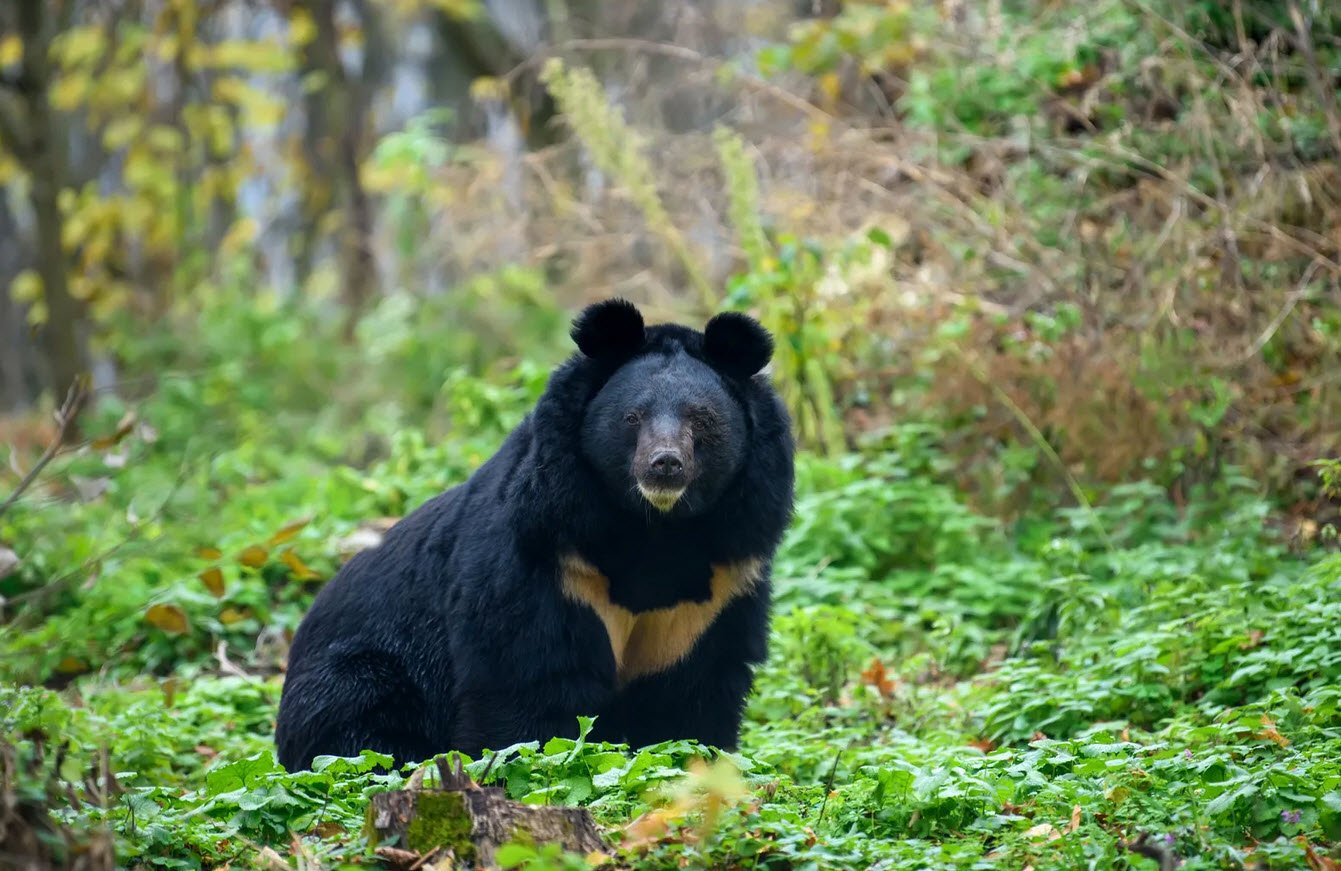
8. Kodiak Brown Bear (Ursus arctos middendorffi)
The Kodiak Brown Bear is a subspecies of the Brown Bear and is native to the Kodiak Archipelago in Alaska. It is one of the largest bears globally and is often mistaken for the Grizzly Bear.
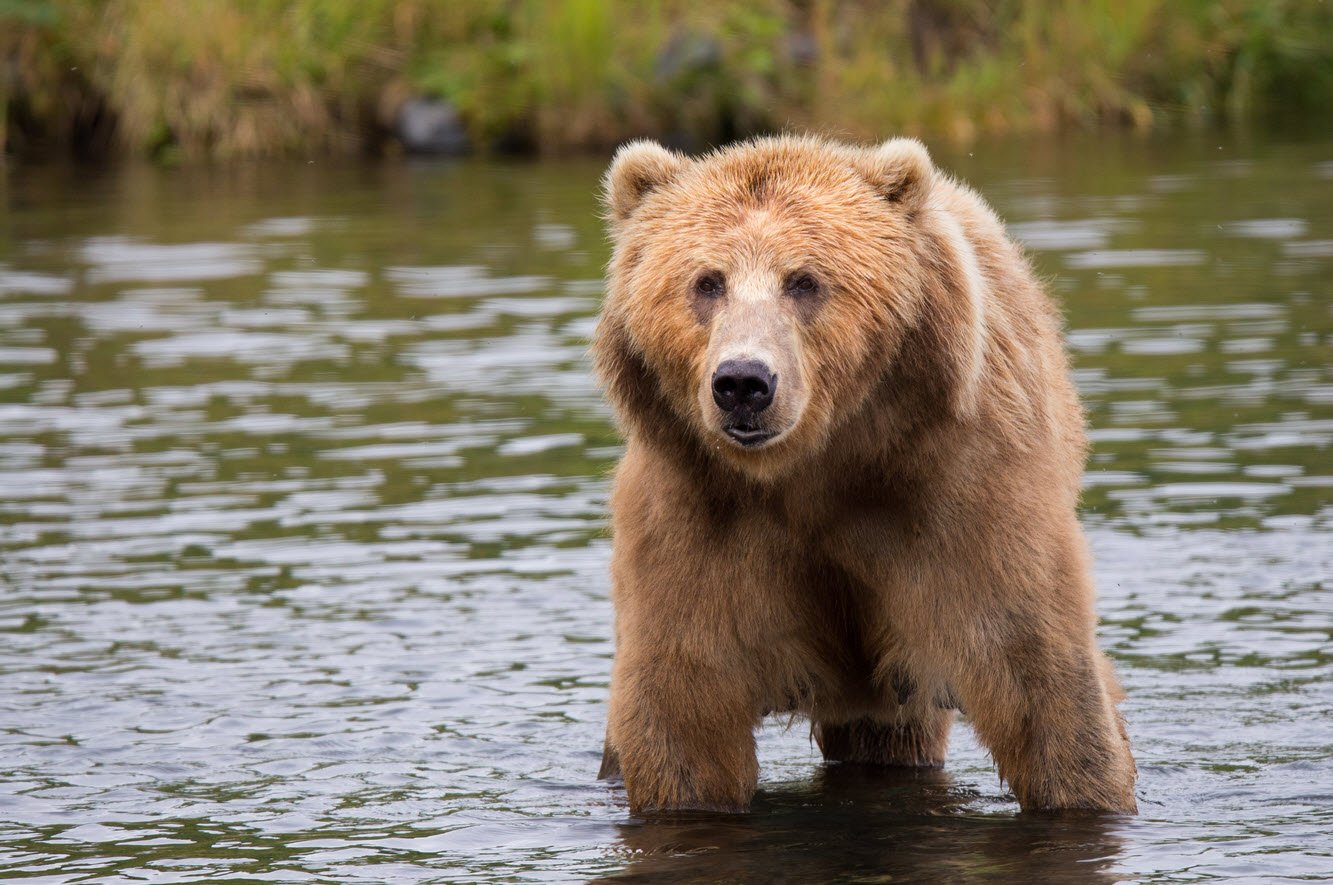
9. Grizzly Bear (Ursus arctos horribilis)
The Grizzly Bear, a subspecies of the Brown Bear, is found in North America. It’s known for its distinct shoulder hump, which is a muscle mass used for digging. Grizzlies are powerful and awe-inspiring creatures.

10. Spectacled Bear (Tremarctos ornatus)
The Spectacled Bear, also known as the Andean Bear, is the only bear species native to South America. Named after the distinctive facial markings resembling glasses, it is an excellent climber and primarily inhabits the Andean region.

11. Kermode Bear (Ursus americanus kermodei)
The Kermode Bear, often called the “Spirit Bear” or “Ghost Bear,” is a rare subspecies of the American Black Bear. It is known for its unique white or cream-colored coat, a result of a recessive gene.
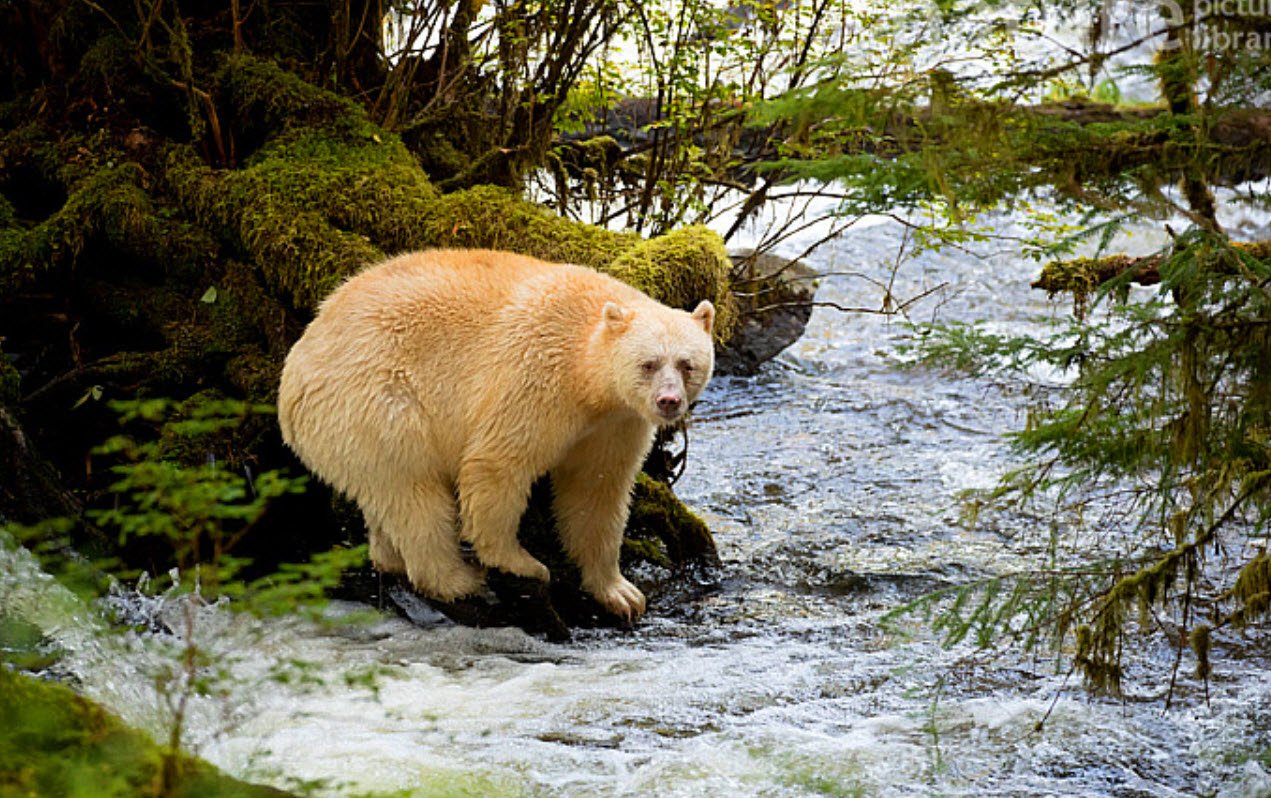
12. Sloth Bear (Melursus ursinus)
The Sloth Bear, native to the Indian subcontinent, is known for its shaggy fur and long, flexible snout. Despite its name, it is not related to sloths. This bear primarily feeds on insects and is an excellent climber.

These twelve types of bears showcase the incredible diversity within the Ursidae family. From the icy realms of the Arctic to the lush forests of Asia and the mountains of North America, each bear species has its own story, adaptations, and significance in the ecosystem. Understanding and conserving these magnificent creatures is vital to ensuring their survival for generations to come.
You may also like:

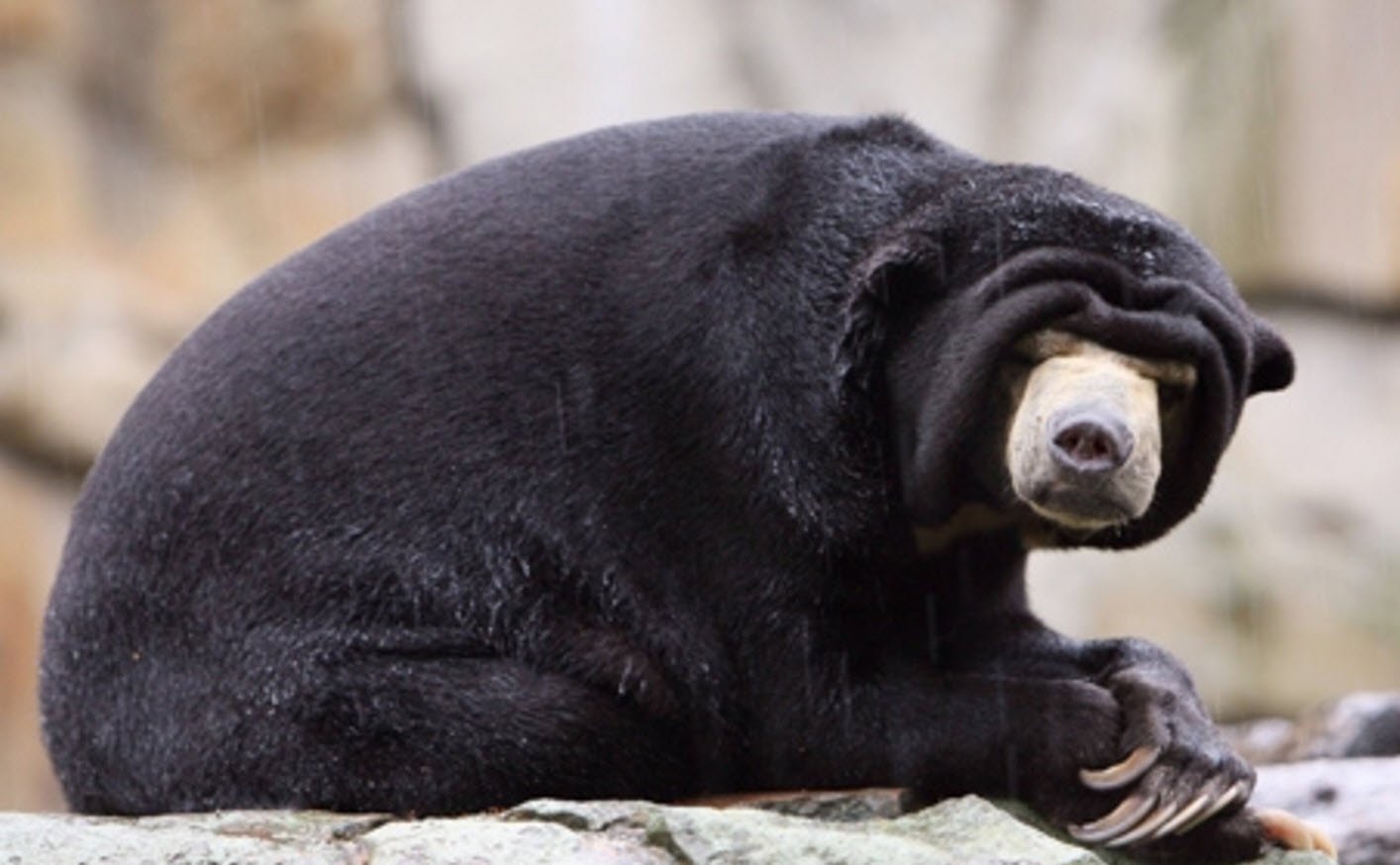
This Post Has One Comment